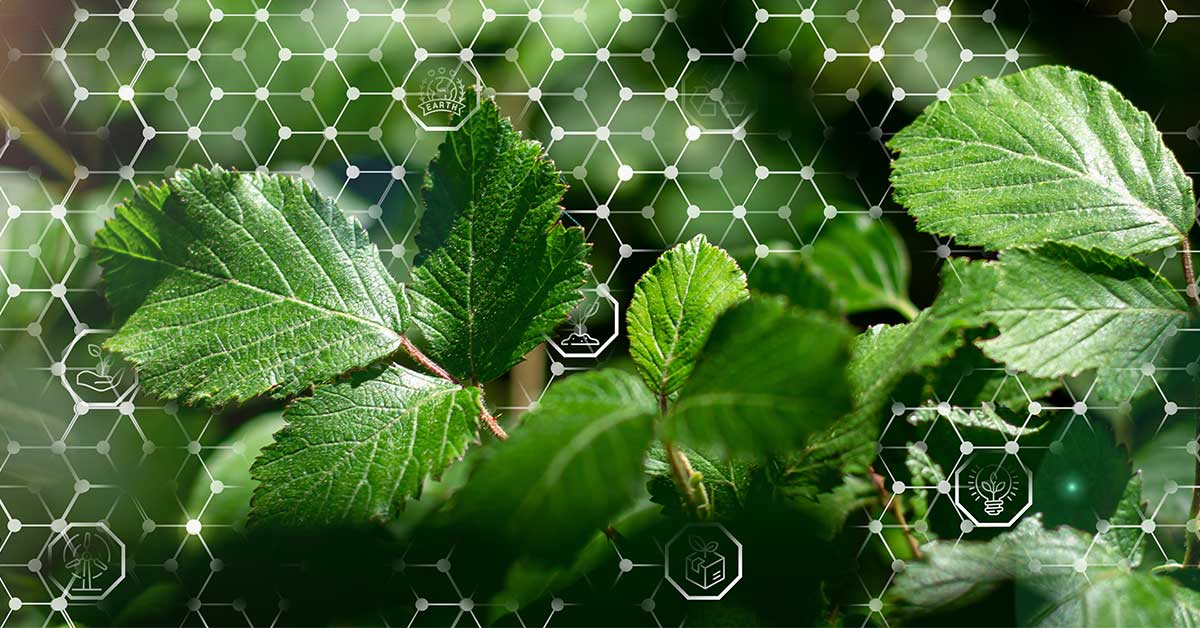- Research
-
YOU ARE
- Community member
- Future Student
- Student
- Professor
- Alumni
- Media
- Guidance counsellors
- INRS retiree
- Contact Us
- Newsroom
- Careers
- FR
-
Studies
We teach the next generation of researchers to develop scientific, social, and technological innovations.
-
Research
We find solutions through interdisciplinary research and industry or public and community partnerships.
-
INRS
We play an active role in Québec's economic, social, and cultural development.
Sometimes you can find simple solutions to complex problems, as demonstrated by the team of INRS’s Dr. Lionel Roué, which cleverly improved the performance of silicon-based electrodes for lithium-ion batteries. It is well known that the robustness of the electrodes in these batteries, which are used in a host of devices, is key to their useful life. According to the team’s paper published in the journal Advanced Energy Materials, electrode performance can be improved by up to ten times by using a maturation process.

Professor Lionel Roué © Christian Fleury
Lithium-ion batteries (LiBs)—the most common type of battery used in electronic devices and electric vehicles—have many benefits, including a high energy density, reduced memory effect, and low self-discharge. However, as products evolve, manufacturers must produce increasingly more efficient batteries. Another challenge will be making them flexible.
These new features put tremendous stress on the electrodes, which are a delicate part of LiBs. To meet these requirements, facilitate manufacturing, and increase the life of LiBs, researchers want to improve the mechanical properties of electrodes. This is especially critical for silicon-based electrodes, whose volume expansion can reach 270% in cycling.
In Dr. Roué’s laboratory, energy science and materials master’s student Cuauhtémoc Reale Hernandez developed a postprocessing treatment for silicon-based electrodes, giving practical substance to the improvement sought. Before cell assembly, electrodes are placed in a humid environment for two to three days. They are then dried and assembled.
This very simple step leads to impressive results. It strengthens the connections between silicon particles, which significantly strengthens the electrode structure. Adhesion between the copper current collector film and the electrode is also strengthened. This leads to greater mechanical stability and a sharp increase in the number of charge/discharge cycles supported by the LiB. What’s more, the storage capacity of silicon-based electrodes is three times greater than that of the graphite anodes used in commercial lithium-ion batteries.
Silicon-based electrodes that have undergone maturation are a simple solution that can be easily integrated into the manufacturing process to produce more durable batteries, which are widely sought for both users of electronic devices and electric vehicles and the big companies that design them.
About the paper
The results mentioned were published in the journal Advanced Energy Materials under the original title “A Facile and Very Effective Method to Enhance the Mechanical Strength and the Cyclability of Si-Based Electrodes for Li-Ion Batteries” (DOI: 10.1002/aenm.201701787).
The paper was produced by Cuauhtémoc Reale Hernandez, Aurélien Etiemble, Thierry Douillard, Driss Mazouzi, Zouina Karkar, Eric Maire, Dominique Guyomard, and Bernard Lestriez under the direction of Dr. Lionel Roué. The study was made possible thanks to the financial support of the Natural Sciences and Engineering Research Council of Canada (NSERC) and Transition énergétique Québec.

Green energy: from innovation to transition
You may also like
Share



